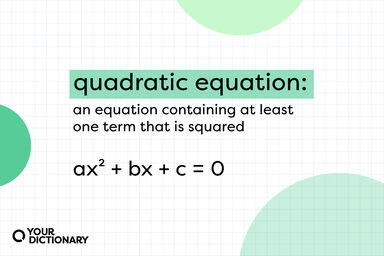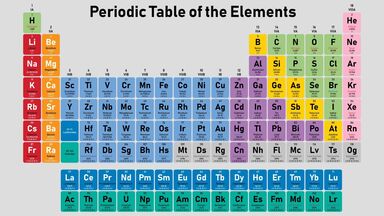Berthelot's notation defines both initial and final systems by giving the chemical equation for the reaction considered, the thermal effect being appended, and the state of the various substances being affixed to their formulae after brackets.
Here the ions are potassium and the group Ag(CN)2.1 Each potassium ion as it reaches the cathode precipitates silver by reacting with the solution in accordance with the chemical equation K--+KAg(CN) 2 =2KCN+Ag, while the anion Ag(CN) 2 dissolves an atom of silver from the anode, and re-forms the complex cyanide KAg(CN) 2 by combining with the 2KCN produced in the reaction described in the equation.
The reaction as before is completely expressed by the chemical equation Zn+H2S04 =ZnSO 4 H+ 2, the initial and final systems being exactly the same as in the first case; yet the amount of heat generated by the action is much smaller, a quantity of the intrinsic energy having been converted into electrical energy.
Like Berthelot, he writes the chemical equation of the reaction, but in addition he considers the chemical formula of each substance to express not only its material composition, but also the (unknown) value of its intrinsic energy.





